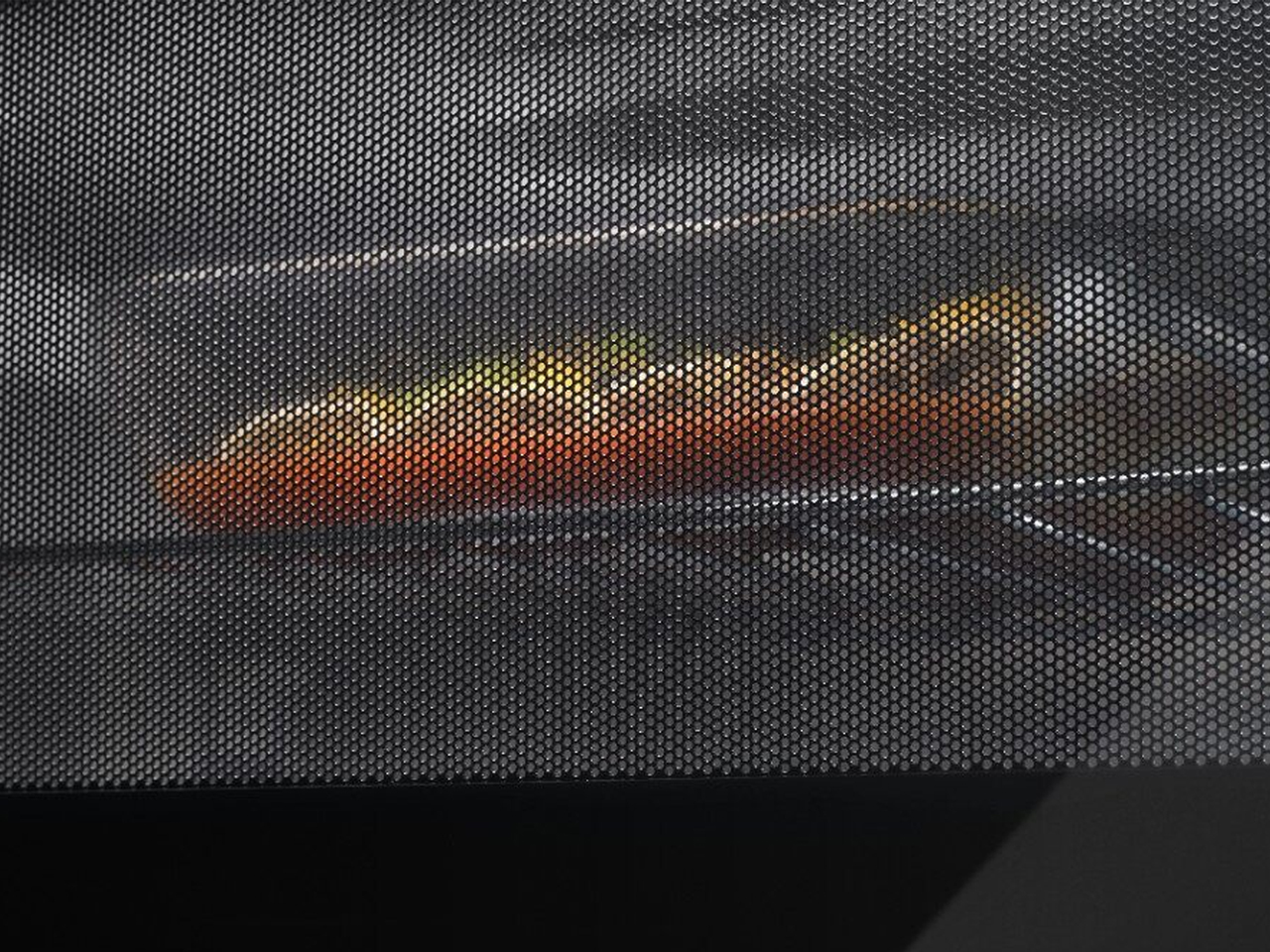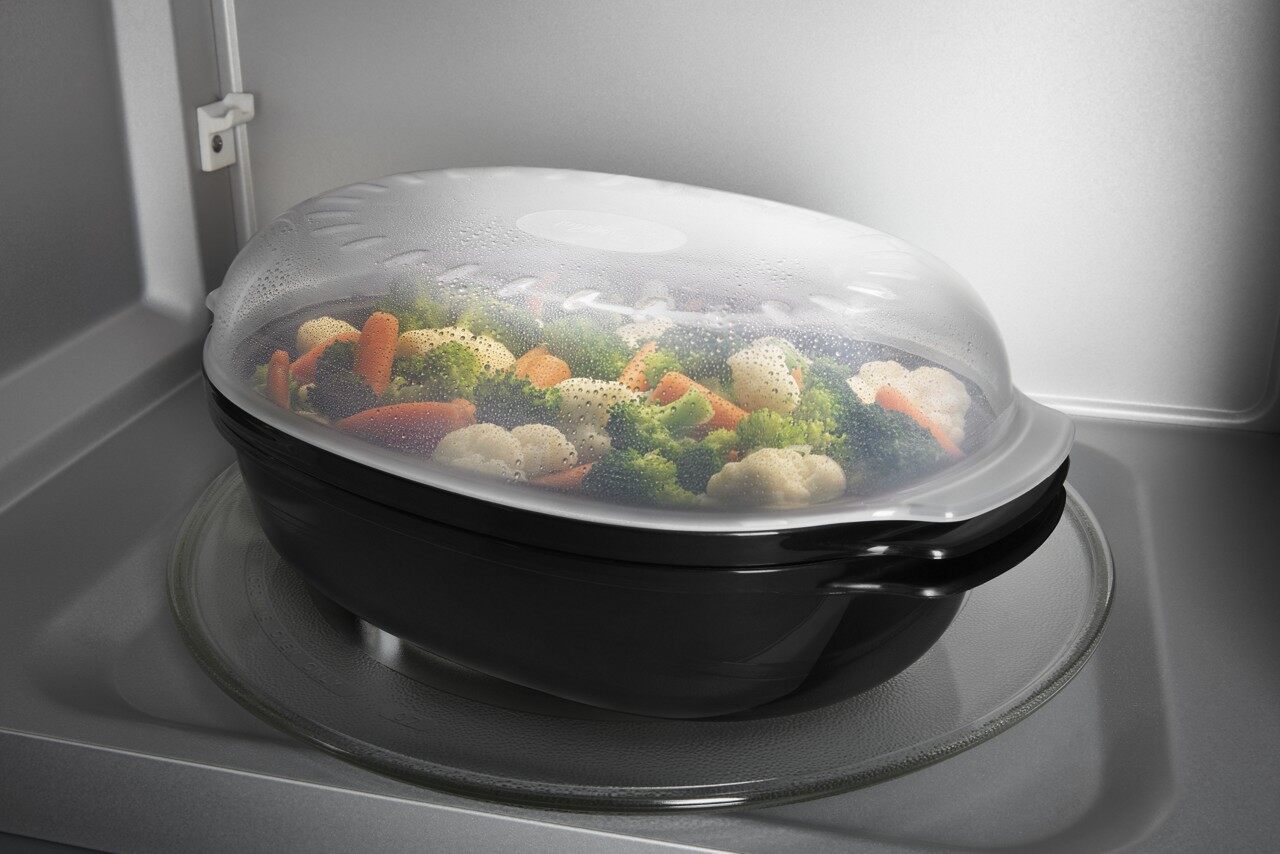
loading...

By continuing your browsing of this website or closing this message, you consent to our use of cookies in accordance with our Privacy Policy unless you have disabled them.
More Information I Accept

It goes without saying that the only thing you should really put in your microwave is food, liquids and food-safe containers, but it can sometimes be hard to determine whether something is truly microwave safe. Our guide can help you determine whether that container is microwave friendly.
You may be surprised to learn just how many items can be safely microwaved. While you should check labels or owner’s manuals to be sure, the following items can usually be used in a microwave.
Glass and ceramic dishware is usually safe for microwave use – exceptions include items like crystal and some handmade pottery. When it comes to glass or ceramic plates, bowls, cups, mugs, mixing bowls or bakeware, you should be in the clear as long as it doesn’t feature metallic paint or inlays.

While some plastic is safe for use in the microwave, not all of it is. Single use plastics like those used for yogurt, cottage cheese and other foods should never be used in the microwave. Similarly, do not use cracked, old, or discolored plastic containers. In contrast, plastic containers meant for longer term use, such as Tupperware, are generally safe for microwave use.
Plain paper plates can be microwaved, but some disposable tableware is actually coated in a thin layer of plastic. Before you microwave a paper plate or bowl, be sure that it’s clearly marked as microwave safe.
Most paper towels are microwave safe. In fact, you can use a paper towel to cover some foods so they don’t spit during cooking or reheating. If you do use a paper towel while microwaving, it’s best to use shorter intervals so you can check both the food and the paper more frequently. Recycled paper towels, paper towels with printing, and brown paper bags should not be used as they pose a potential safety hazard.
According to Ziploc, their food storage bags are safe for defrosting or reheating foods in microwaves, “when label directions are followed.” If you prefer a different bag storage brand, confirm that they are microwave safe and follow any and all directions. If you aren’t sure what type of bag you’re using or don’t have access to the directions, play it safe and keep the bag out of the microwave.

While there are plenty of things that can go in your microwave, there are also many things that can’t. It’s best to keep the following materials out of the microwave and transfer any food or liquid from these containers to microwave safe varieties.
There are some types of Styrofoam that are safe to microwave, but they must be labeled as such. If you don’t see a label or aren’t sure what type of Styrofoam you’re using, it’s best to keep it out of the microwave.
If you can microwave paper plates and towels, can you do the same with cardboard? Both are paper products, after all. Unfortunately, cardboard can contain glues, waxes and other materials that can make it a safety hazard in the microwave. Some cardboard takeout boxes even have metal handles or fasteners that can cause sparks and present a fire hazard. Keep your microwave (and your family) safe by removing food from cardboard containers and placing them in glass or microwave-safe plastic instead.
What should never, ever go into your microwave? Anything made of or containing steel, iron, copper or other hard metals. Metal surfaces reflect microwaves, which increases the heat inside the appliance and could lead to a fire. If you’re storing leftovers in a metal container, remove the food and place it in a microwave safe container instead.
When it comes to aluminum foil, things can get tricky. Technically foil can be microwaved, but its surface needs to stay as flat as possible. Wrinkles or crumpled foil can cause "arcing" - that is, it can cause electric sparks to shoot across the surface of the foil, potentially damaging your microwave or causing a fire. In addition, food wrapped in aluminum foil may not cook or reheat properly in the microwave - the foil will reflect the radio waves instead. Each microwave is different, so consult your owner’s manual to determine if aluminum foil is safe. And when in doubt, avoid placing any kind of metal in your microwave.
Though there are general guidelines when it comes to microwave safe containers, there are always exceptions. If you aren’t sure whether something can go in the microwave, check the back or bottom to look for a microwave safe label. If you can’t find one, try to determine what the item is made of – this will give you a better idea if it’s ok for microwave use. If you can’t tell what a container is made of, just remember – when in doubt, leave it out. It’s the best way to ensure that your microwave will stay in top shape for years to come.